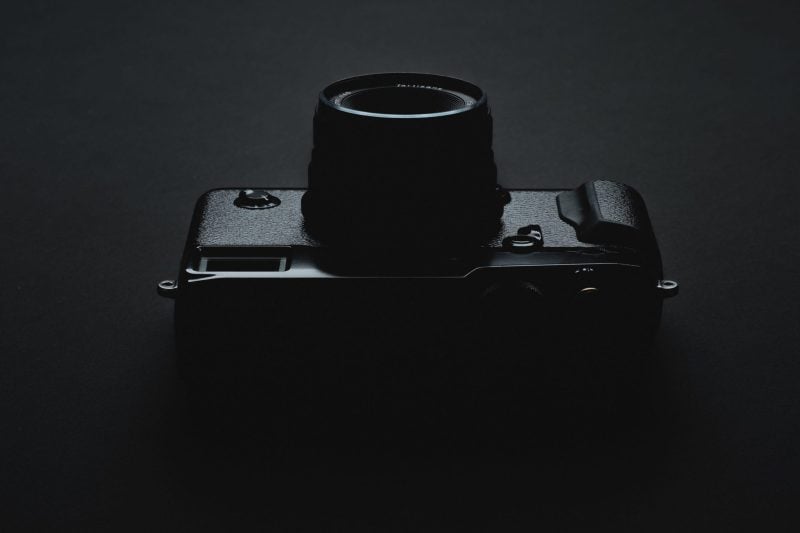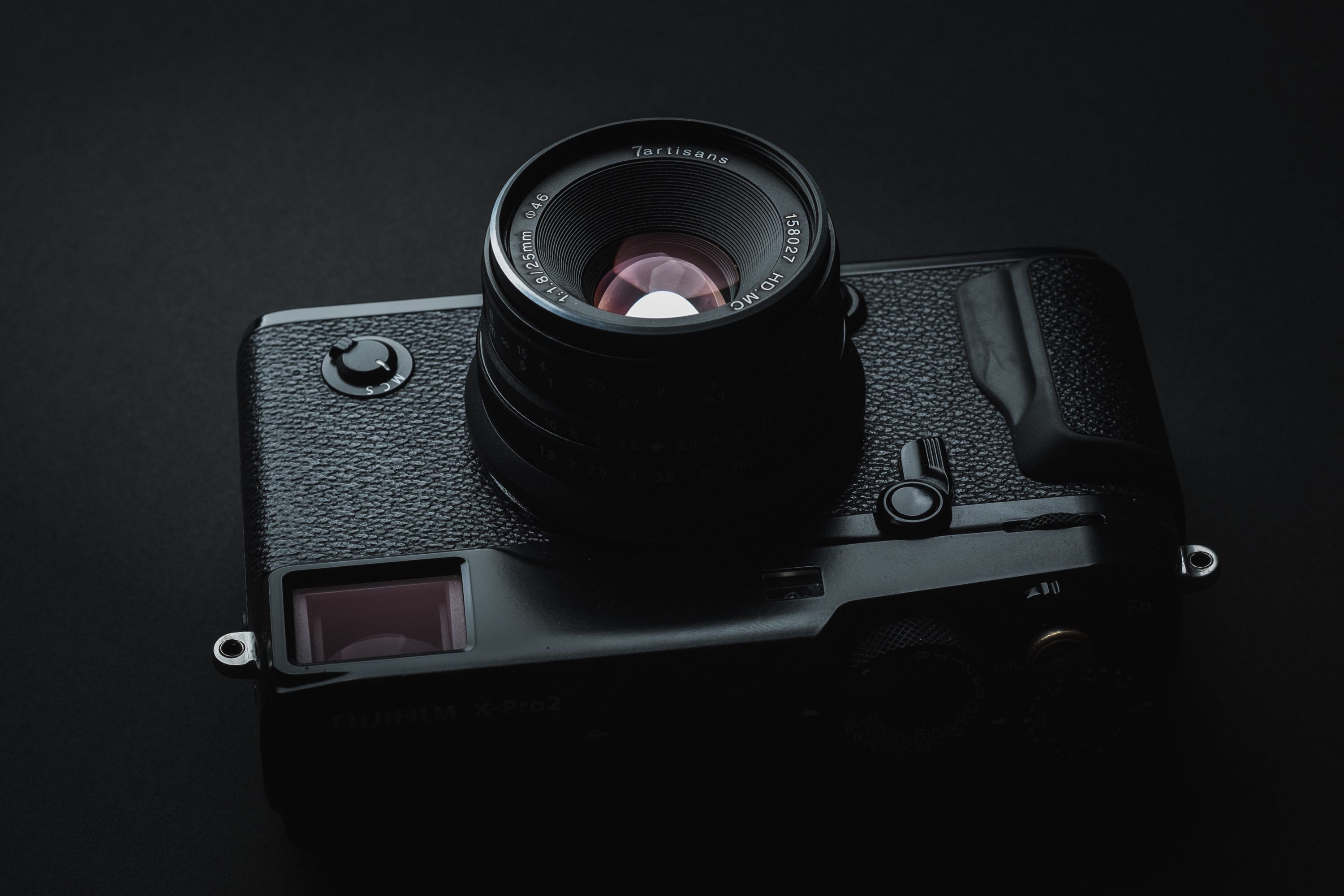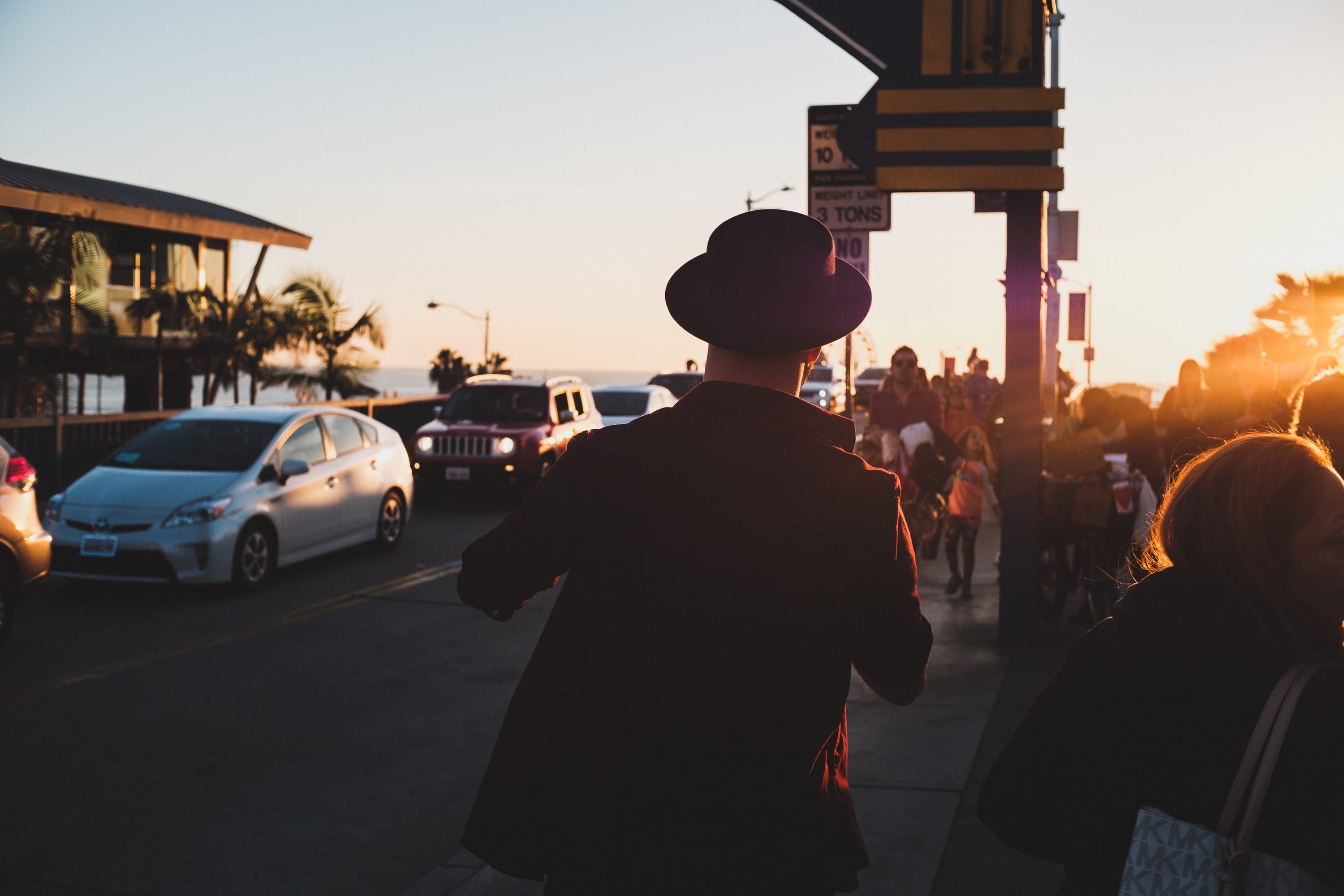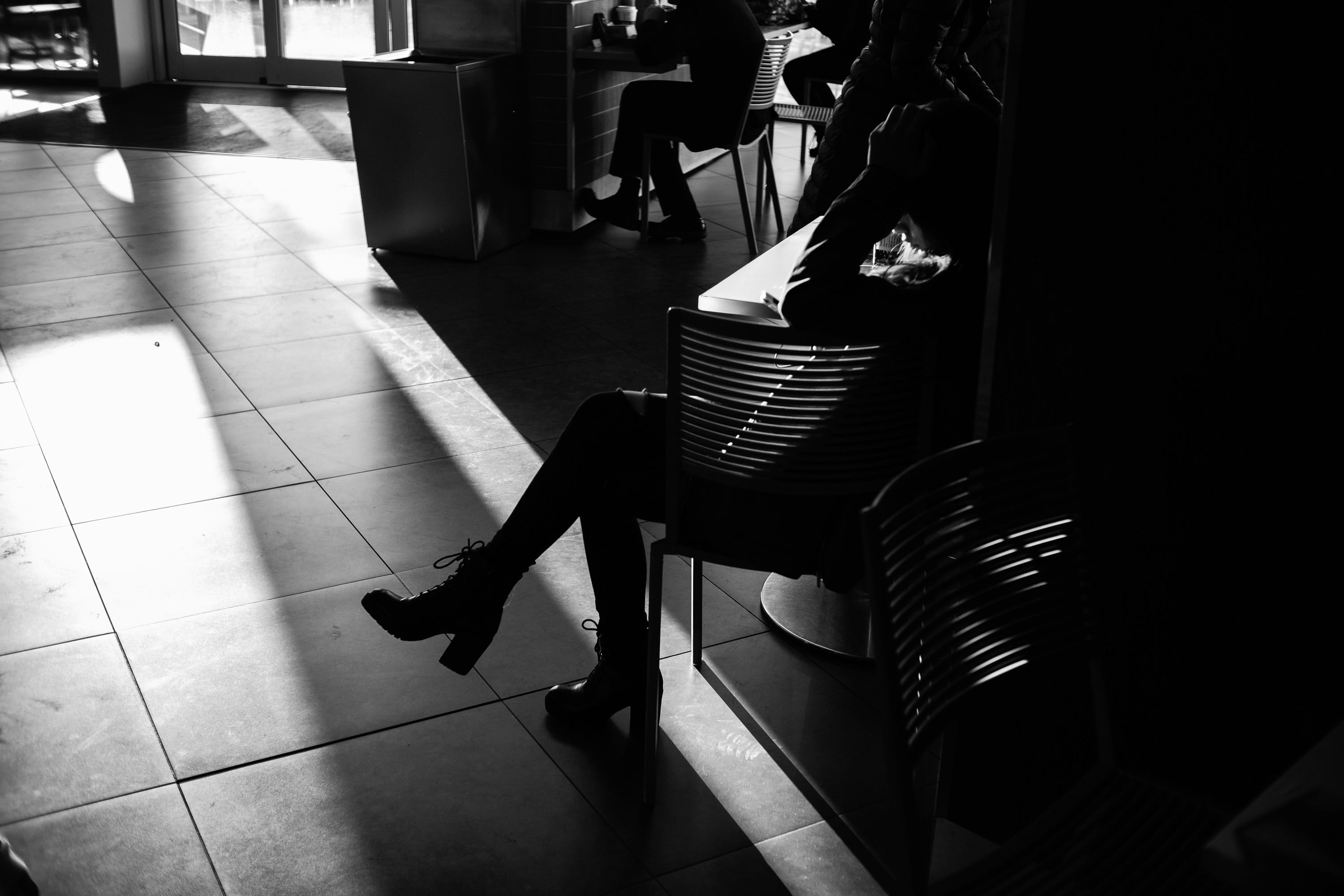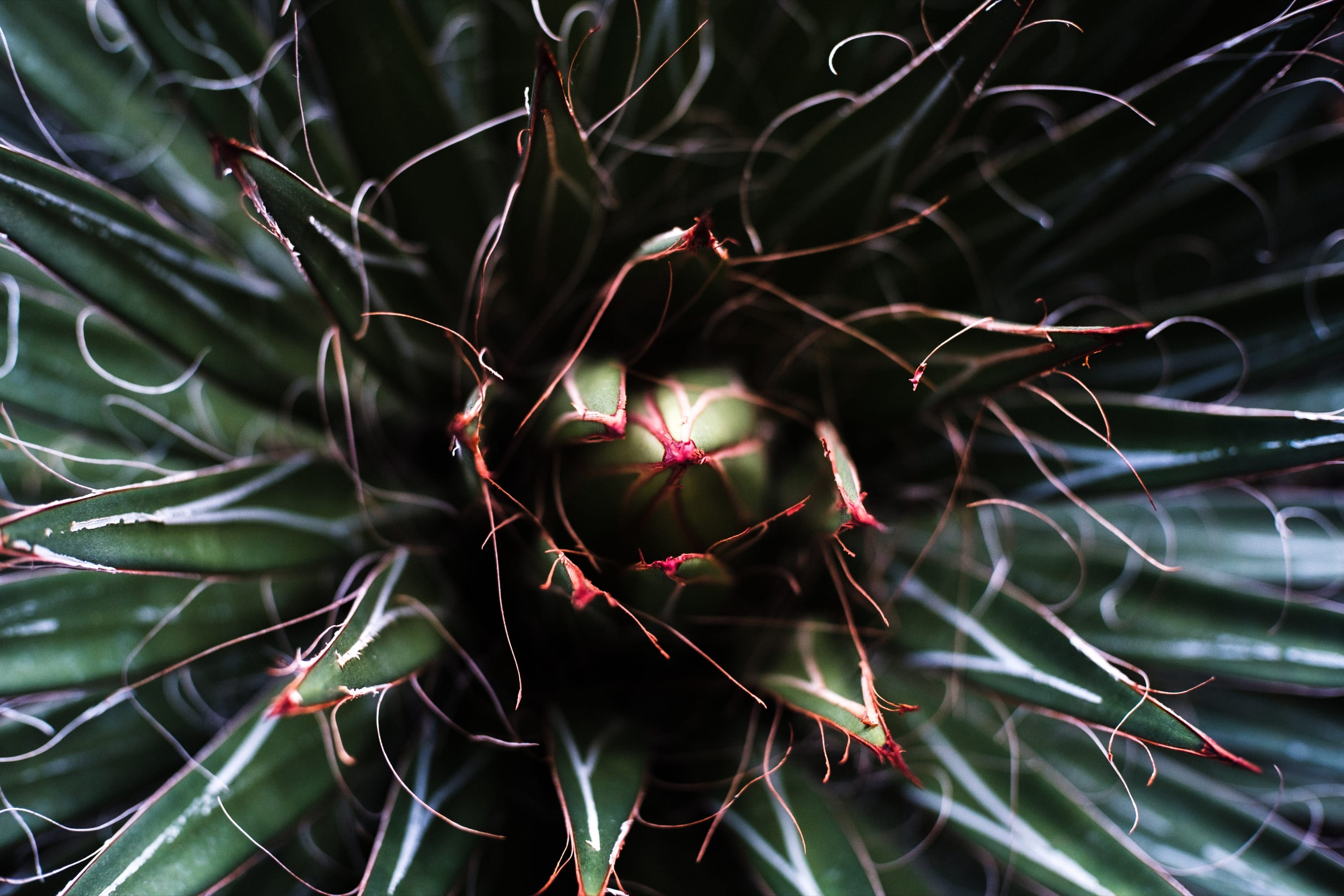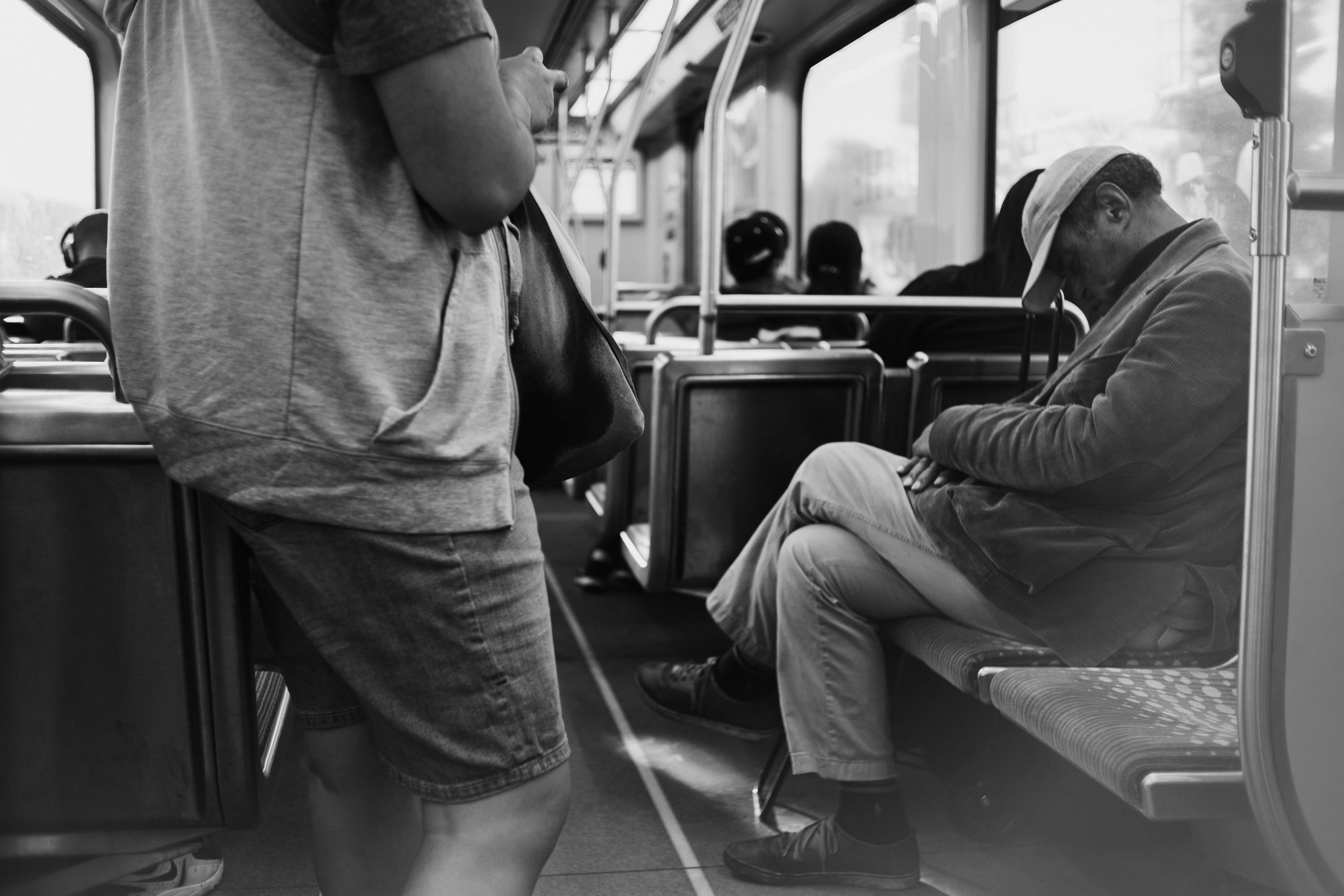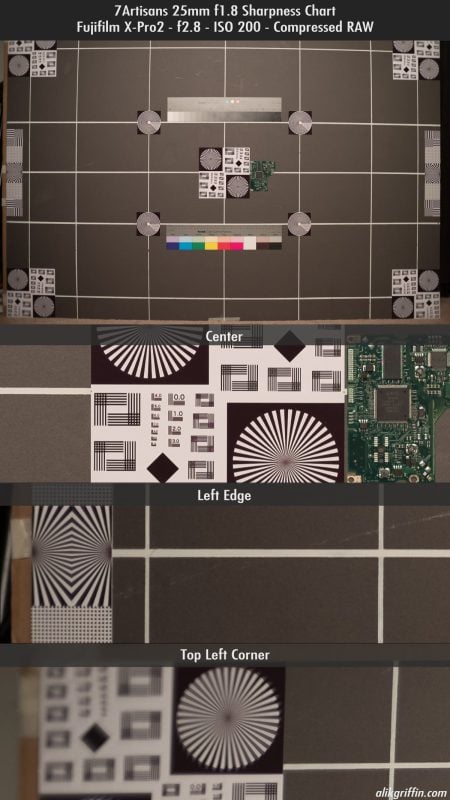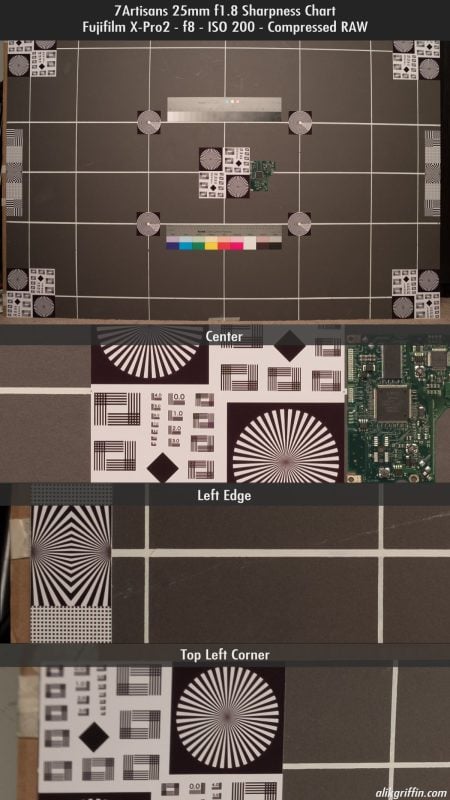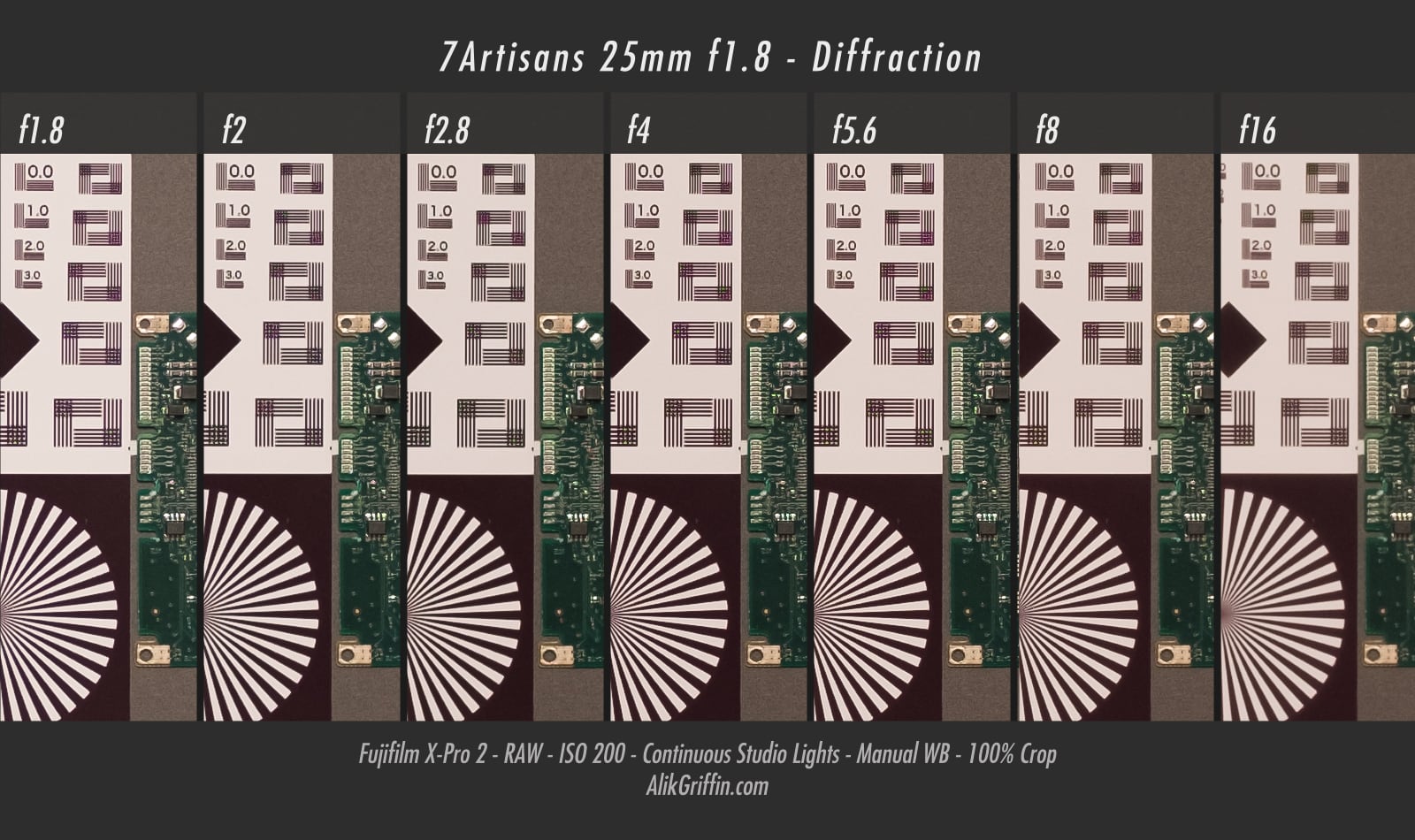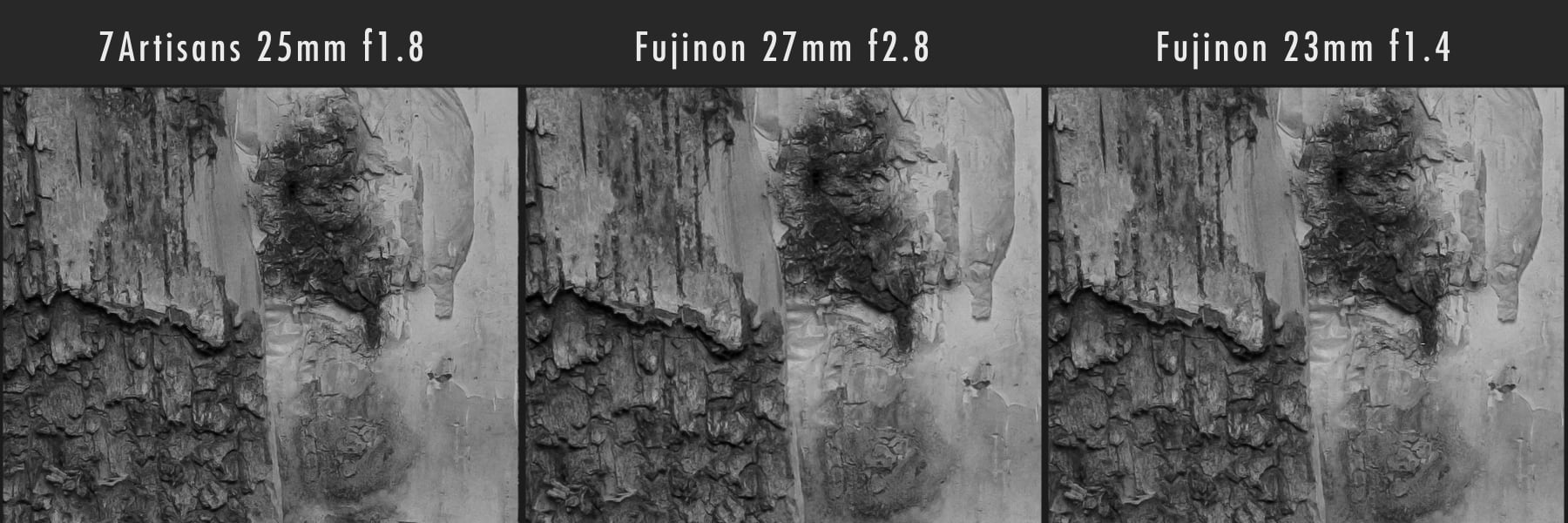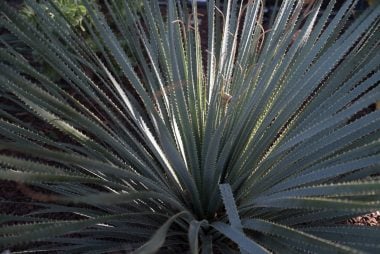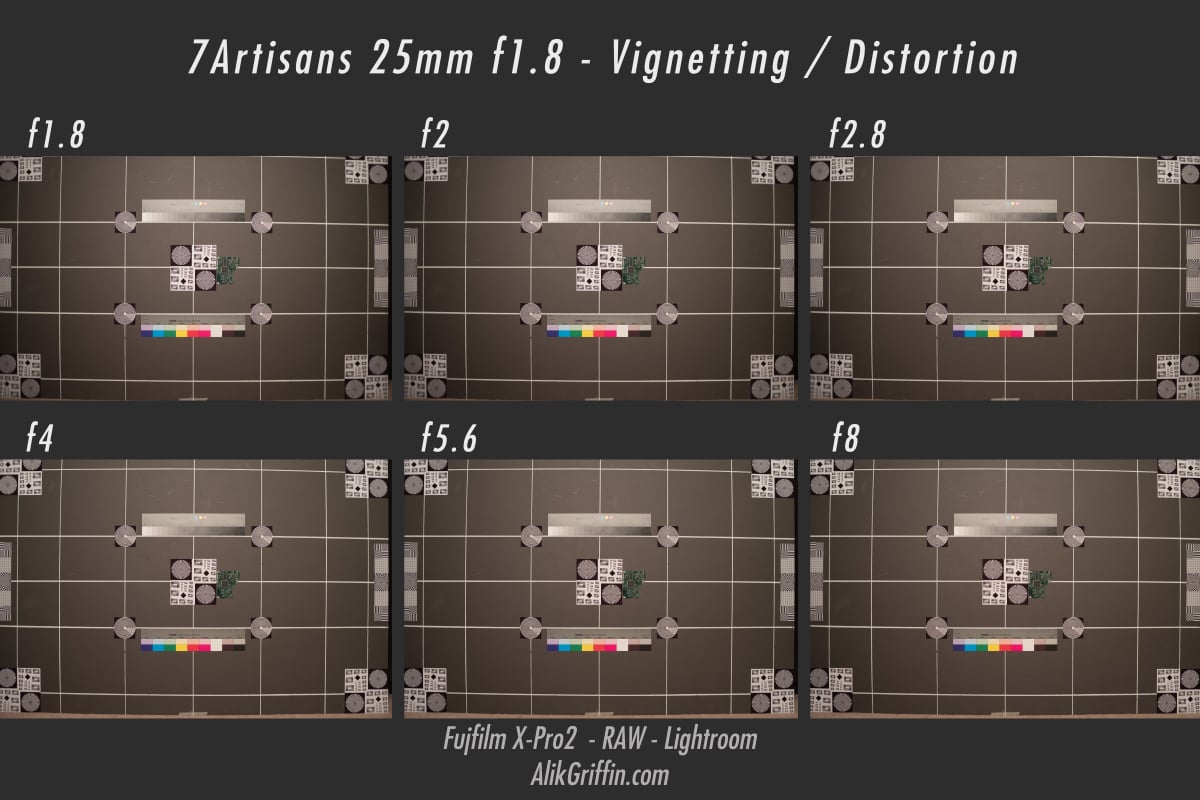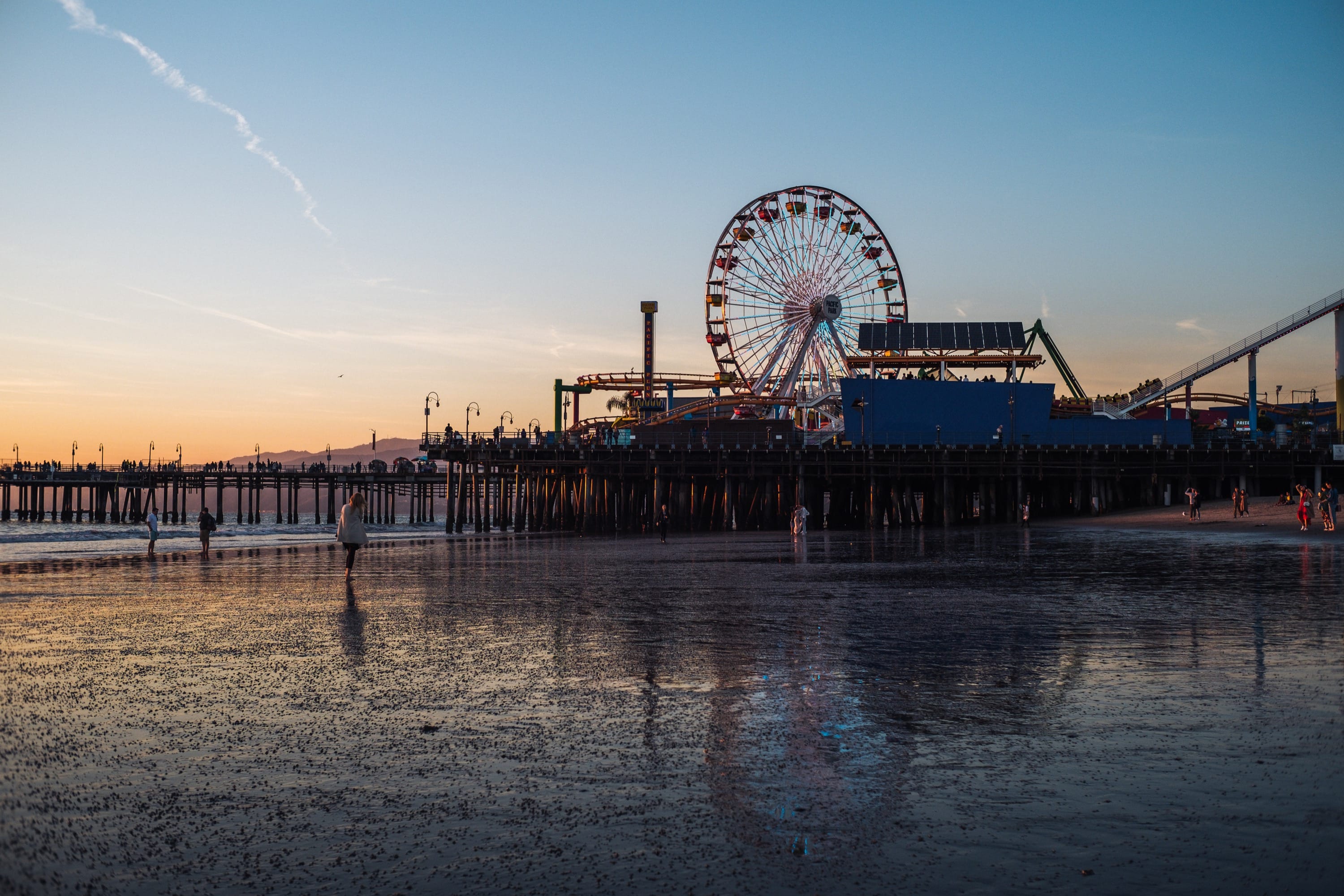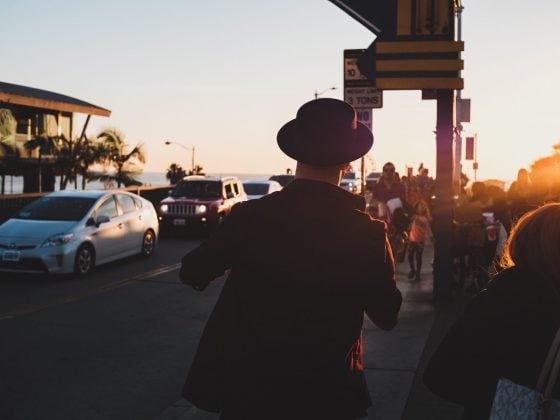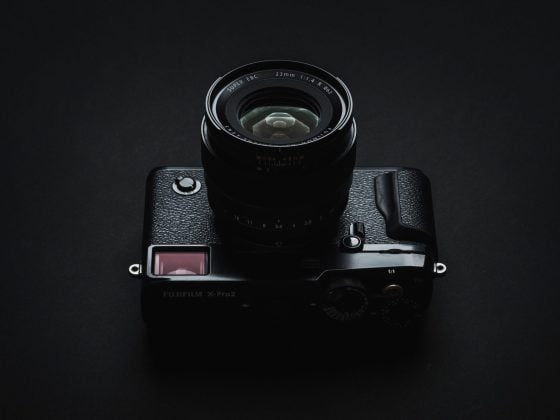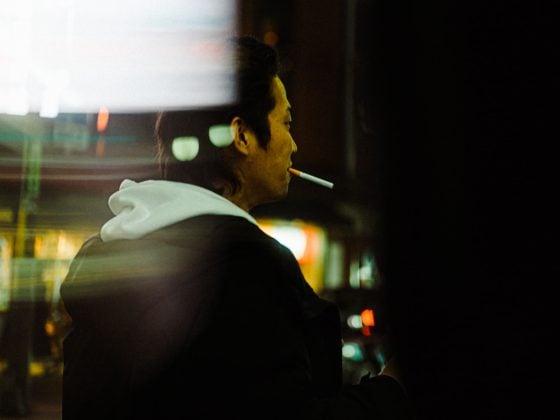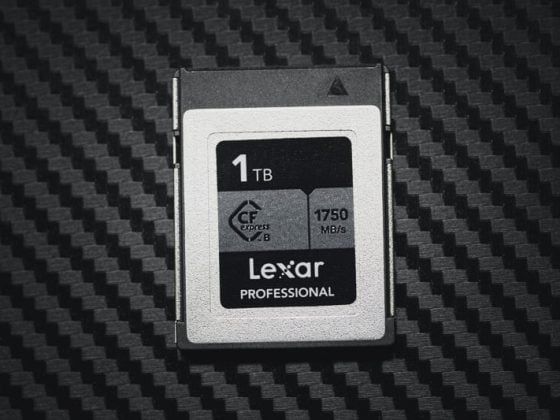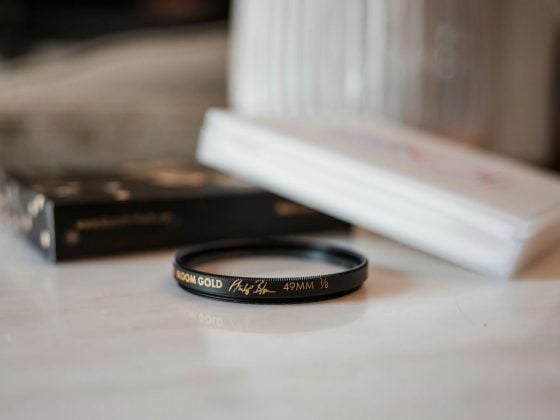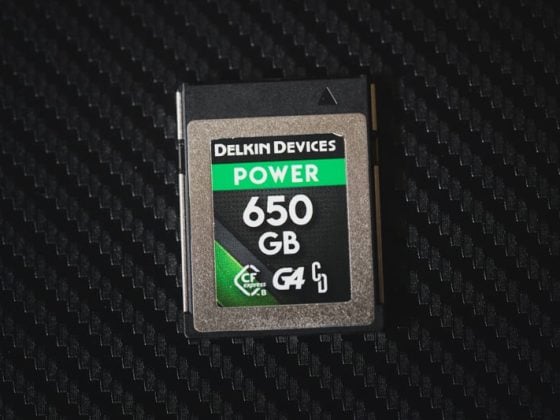The 7Artisans 25mm f1.8 is a small and fast lens designed and manufactured in China for mirrorless cameras. It’s built with an all-metal lens barrel with poor quality control and construction. Optically the lens is tuned for a somewhat old-school, retro image quality where corner and edge sharpness is sacrificed for improved micro-contrast and color. All around this little lens is kind of a mess and I’m struggling to decide if it’s even worth it. But then, the images it renders
Lens Stats
Focal Length: 25mm equivalent to 37.5mm
Aperture Blade: 12 circular aperture blades
Elements: 7 elements in 5 groups
Coatings: Multi-Coated
Focus: Manual
CPU Contacts: No
Construction: Aluminum with copper bayonet
Pros: Very sharp in the center, good contrast and color, metal construction, fast, small, cheap, nice bokeh
Cons: Bad edge and corner performance, bad distortion, bad quality control, bad assembly quality, focus element drifts out of focus
- 7Artisans 25mm f1.8 Fujifilm X-Mount – Amazon
- 7Artisans 25mm f1.8 Sony APS-C E-Mount – Amazon
- 7ARtisans 25mm f1.8 Canon M-Mount – Amazon
- 7Artisans 25mm f1.8 Micro Four Thirds – Amazon
See all APS-C lenses for Fujifilm
See all APS-C lenses for Sony
All sample photos are shot using the Fujifilm X-Pro2.
7Artisans 25mm f1.7 Review | First Impressions
When I first unboxed this lens I laughed. Honestly, I really did. Not because it’s cheap, but it definitely doesn’t feel cheap with the all-metal lens barrel and nice weight. I laughed because whoever assembled the lens had a field day with the contact cement. There are little spots of something, I’m assuming cement on the inside of the lens, and when you open the aperture and look inside, you can see the cement all along the edges of the lens. Maybe it was someone’s first day on the job, or someone was sick that day, at any rate, it’s pretty bad.
But whatever, none of those things will affect image quality, and for an under $100 lens, I’m ok with that.
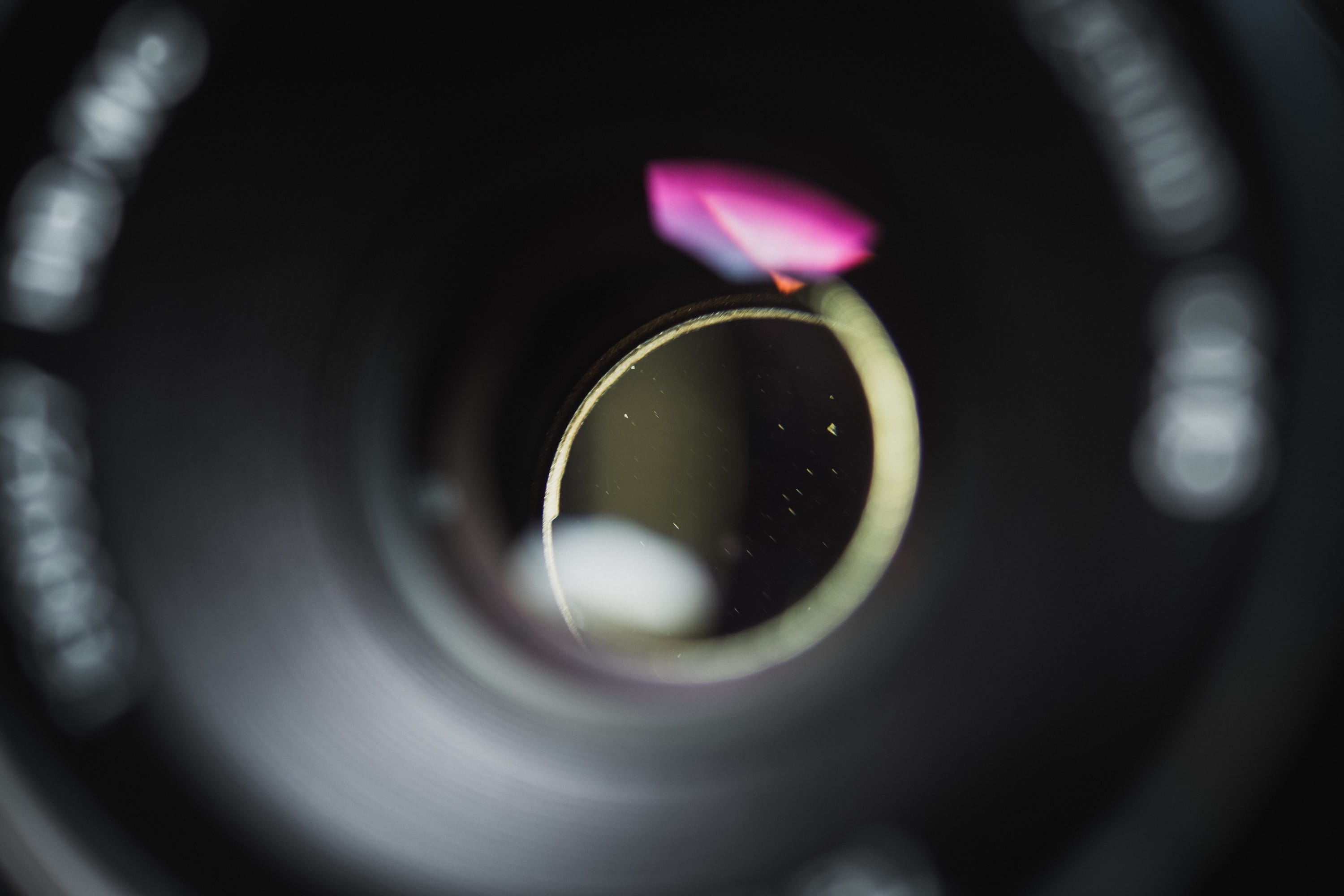
There was also some dust in the lens when I got it and after only a few more days a lot more appeared. I’ve had the lens for two weeks and it already acts like I’ve had it for ten years.
In terms of image quality, I actually kind of like it. It’s a lot like using those old 35mm lenses adapted to a full-frame camera before they really had computers and advanced ED and aspherical elements to get those corners under control. With this lens, the corners and edges are worthless, so it will function better as a micro four-thirds lens unless you don’t mind soft corners. I personally don’t.
Micro contrast is great, and the color and render depth is amazing but the vignetting and barrel distortion are bad. Corner and edge performance is abysmal.
In terms of build quality, the lens feels nice, but don’t let that fool you. After only a few days of using the lens, the aperture display ring (the ring that has the aperture tick on it), came loose and could spin freely. It feels like it’s on threads because I was able to just twist it and tighten it back up, but now it’s no longer properly aligned so I sort of have to eyeball the aperture.
So that’s that, I feel like it’s a little cheaper than a Rokinon / Samyang lens because their lenses at least go a few months before falling apart.
Speaking of Rokinon / Samyang who is known for having very random performance between copies, I would assume this lens is the same. Considering the interior of my lens was a speckled mess, it is likely no quality control, which means a lot of really crap lenses get sent out.
In terms of performance, I feel like I got a decent one.
Build Quality
The 7Artisans 25mm f1.8 lens is a 37.5mm equivalent on an APS-C body and a 50mm equivalent with micro four-thirds. It’s available for Sony APS-C, Fujifilm, Micro Four Thirds, and Canon M mount.
It can be used on full-frame cameras like the Sony A7r III, but it will only have a circle of projection large enough to cover the APS-C portion of the sensor and you would need to put the camera in Super 35mm crop mode.
The lens barrel is built from an all-aluminum construction with a copper bayonet.
The focus ring has a throw of about 100° which makes it a little difficult to get precision focus, but this is fairly common for a manual 35mm lens.
The 12 aperture blades create some nice circular bokeh especially when wide open and it is a de-click aperture, which was a mistake.
Personal Experiences
The aperture number ring will come loose after time, but it can be tightened back up and it doesn’t really affect the lens performance unless it doesn’t tighten back up with the aperture numbers properly aligned, which is what happened to me. However, just aim the aperture numbers to the top and all is fine.
The lens cap gets stuck often on the front threads, but a nice UV filter could fix this.
The aperture ring is a little too easy to move and it’s very close to the focus ring so I find myself often nudging it by accident.
There is also an issue with the focus not staying where you set it. When adjusting focus, an element moves inside the lens, which creates a pressure difference or vacuum on one side of that element. This causes a small pull or suction on that element as the pressure equalizes and the lens slightly drifts back out of focus. This makes precision focus on the fly very difficult and it’s super annoying.
Sharpness
Center sharpness is very good, it’s actually sharper than both the Fujinon 27mm f2.8 and the Fujinon 23mm f1.4 lenses, but corner and edge sharpness are very poor.
Even though the lenses are sharp, the real problem is getting shots to stay in focus from the element drifting as the internal pressure equalizes when that focus element moves around.
This is my prototype lens test chart, it will be evolving.
Sharpness 7Artisans vs Fujifilm 27mm f2.8 vs Fujifilm 23mm f1.4
Center f5.6
The 7Artisans is noticeably sharper than the 27 and the 23mm Fujifilm lenses in the center.
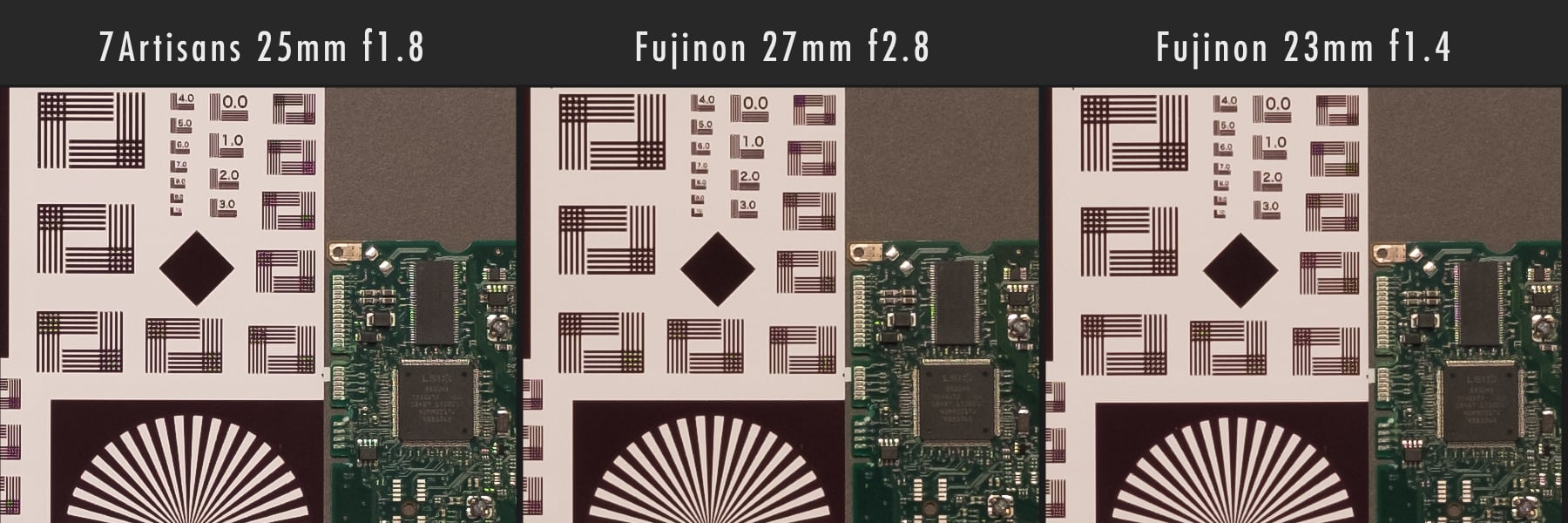
Corner f5.6
In the corners, the 7Artisans lens completely falls apart.
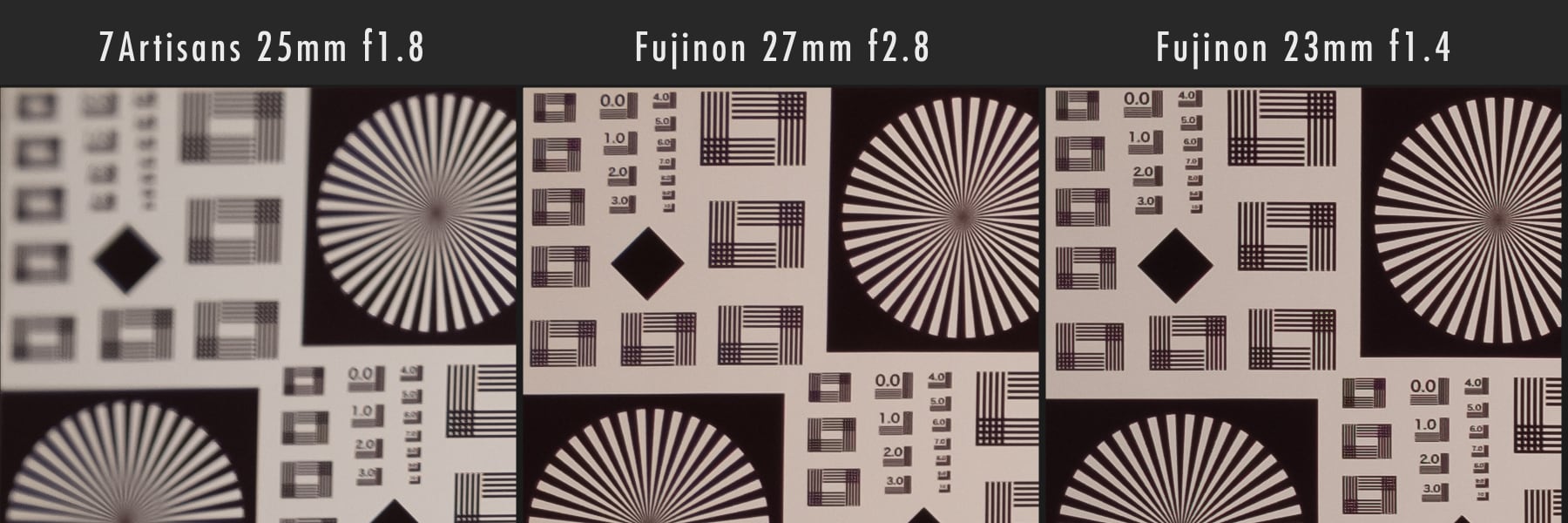
Diffraction & The Sweet Spot
Wide open the 7Artisans 25mm f1.8 still has some very nice center sharpness. At f5.6 the lens is at its sharpest, even at f8 the lens still performs very well. By f16 things soften up.
Contrast / Color / Rendering
The color and contrast render very nicely. When compared to Fujifilm’s 23mm f1.4 and Fujifilm 27mm, it’s very hard to distinguish which lens has more tonal details. The 7Artisans is sharper so it throws the mind off slightly.
When looking at these you have to step way back to the point where you can’t tell which is sharper. At that point, the Fujinon 23mm f1.4 would appear to have slightly more contrast than the other two, but it’s really a toss-up. They’re all very good and it’s safe to say that 7Artisans 25mm has excellent micro contrast.
Color is also very nice and natural with the 7 Artisans. There are no strange shifts or tints like with many third-party lenses.
Straight out of camera RAW samples – shot with the Fujifilm X-Pro2
Distortion / Vignetting
There is quite a bit of vignetting and distortion. Vignetting never really clears up and is the worst at f1.8.
Compared to the Fujinon lenses, the 23mm f1.4 lens blows them both away here, but compared to the 27mm f2.8 lens, the 7Artisans lens is about the same. However, with the Fujinon lenses, there will be a built-in lens profile that corrects most of these problems with the RAW profile, so you’ll never actually see it like you will with the 7artisans lens. The same is true with Sony lenses when used in Sony cameras.
Chromatic Aberrations
Chromatic aberrations are very well controlled even at f1.8. When stopping down, the image becomes even cleaner.
Bokeh
All around bokeh looks really nice with this lens. The 12-bladed aperture makes some very nice circular bokeh even when stopped down. There are also no onion rings or soap bubble effects.
There is a cat’s eye effect along the edges and corners and when you look at the bottom left corners, you can see the inconstancies of the cementing of the elements showing in the shape of the bokeh which appears as these little notches.
7Artisans 25mm f1.8 Review | Bottom Line
If you’re looking for a fun lens you can beat up, the 7Artisans 25mm f1.8 is fun. It’s a nice lens to sort of mess around with or to learn manual focus, especially if you’re looking to casually shoot some black-and-white photography.
However, when the rubber meets the road this lens basically just sucks. It’s poorly built, poorly designed, has virtually no quality control, corners are bad, distortion and vignetting are bad and while the lens is sharp, the focus drifts so a lot of shots end up slightly out of focus.
Sure the contrast and color are great, but honestly, unless you really just want something you can experiment with, that $70 dollars would be better spent going towards a Fujinon 27mm f2.8 which can sometimes be found for around $200 on eBay.
You’re really getting what you pay for with this lens, but the optical formula is fantastic if you don’t mind some vignetting, distortion, and corner softness. In the right situations, it can produce some really nice images as long as you work within the limitations.
It’s just too bad a lens like this wasn’t built by a company that knows what they’re doing because, with the incredible center sharpness and contrast, it would have been a really nice one
Ok, now that I said all that and scared you away, it’s really hard to find a cheap lens that’s this wide. Most retro lenses that are 25mm or in that range just outright suck, and anything by Fujifilm, Sony, or even Rokinon is four times as much money. This leaves the 7Artisans 25mm lens as the only option for a cheap lens that functions as a 35mm on an APS-C camera.
When I first started collecting lenses, I would sometimes buy cheap versions of a certain focal length to see if I’m comfortable shooting it before spending the money on something more expensive, and this lens is great for filling that void.
For micro-four-thirds shooters, this lens will be a lot of fun. Most of the issues with the corners and edges will be gone because of the crop factor and you’re left with a crazy sharp lens with nice contrast if you can keep it in focus.
7Artisans 25mm f1.8 Sample Photos
Shot with the Fujifilm X-Pro2. Most images were shot with an aperture of around f4 to f5.6.
| **This website contains affiliate links. We will earn a small commission on purchases made through these links. Some of the links used in these articles will direct you to Amazon. As an Amazon Associate, I earn from qualifying purchases. |

